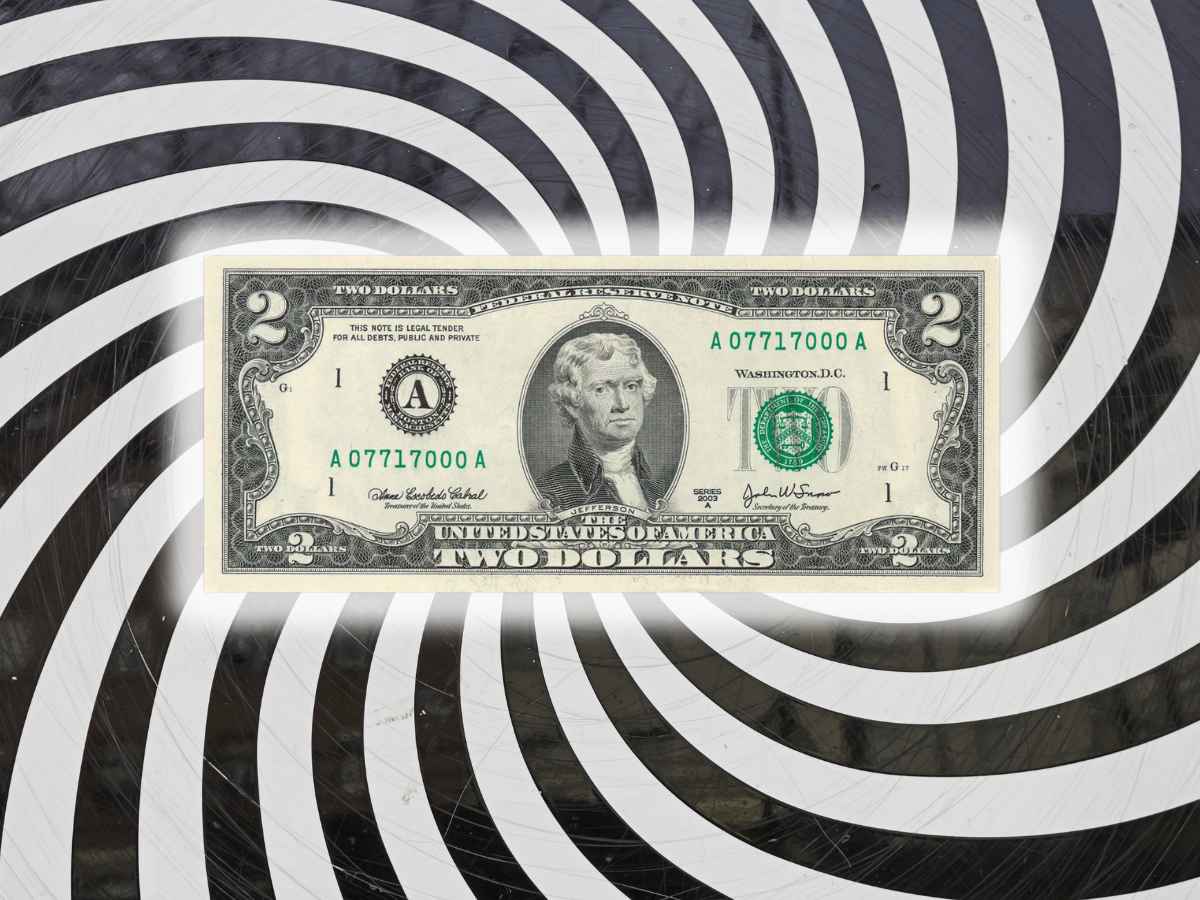Collectors are paying thousands for specific $2 bills—especially those with red seals and rare serial numbers
It might be crumpled in your wallet or forgotten in a drawer, but that old $2 bill could actually be worth a small fortune. Some of these seemingly ordinary notes are now fetching up to $20,000 at auction, and all because of a few tiny details that have turned them into prized collectibles. What makes these bills so special? It comes down to history, rarity, and condition. And if you happen to own one, you might be sitting on a hidden treasure.
The unexpected history of the $2 bill
First issued in 1862, the $2 bill never quite found its place in everyday transactions. Rather than becoming a staple of the economy, it was often avoided—at one point even considered bad luck. But over time, this lack of popularity worked in its favor. Since 1928, when its size was reduced to match modern bills, production has remained limited. The result? A mystique that persists today, where many people still hesitate to use or accept them.
Why collectors want them
What makes some $2 bills worth thousands isn’t just their age—it’s the red seal stamped by the U.S. Treasury on certain editions. These red-seal notes, issued in 1928, 1953, and 1963, are now among the most sought-after. Designed by Charles Bert, they feature a portrait of Thomas Jefferson on the front and an engraving of his home, Monticello, on the back by artist Joachim C. Benzing.
But there’s more. Some notes include a star at the end of the serial number—a sign that they were reprinted to replace defective bills. These so-called star notes are even rarer and more valuable.
What makes it valuable?
The value of any $2 bill depends on several factors: its year of issue, serial number, seal color, and most importantly, its condition. Collectors are willing to pay:
- Up to $1,500 for red-seal notes from 1928 in fair condition
- Up to $20,000 or more for pristine examples with rare serials or star markings
And while these bills aren’t exactly common, they’re not unicorns either.
How many are still around?
As of 2022, the U.S. Currency Education Program reported that 1.5 billion $2 bills were still in circulation—an increase from 1.2 billion in 2017. So, while they’re not your everyday pocket change, finding one isn’t out of the question.
What to do if you find one
Before you spend that $2 bill on a coffee, take a closer look. Check the seal color—red means rare—and look for any stars in the serial number. Then, verify the year. If it matches any of the collectible editions, especially from 1928, you might be in luck.
But don’t rush. If you think you’ve found a valuable note, consult a numismatics expert before selling. Not all offers are honest, and proper appraisal is key. Specialist auctions can bring out serious buyers, but it’s best to proceed carefully. Because sometimes, wealth really is hidden in plain sight.

